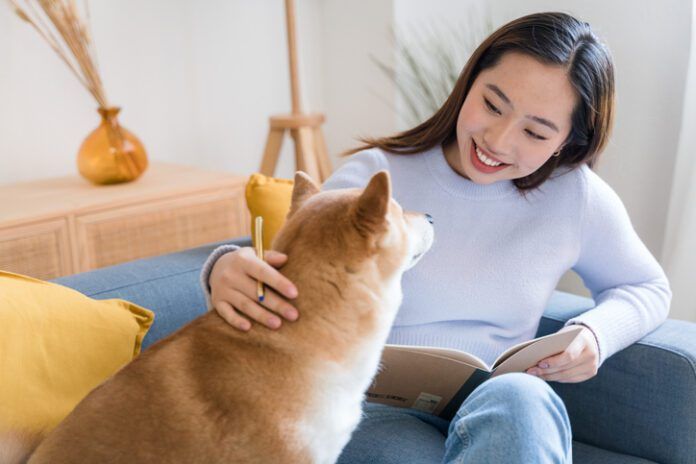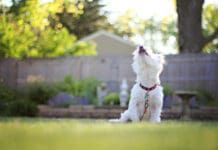Edited by Debra F. Horwitz, DVM, DACVB and John Ciribassi, DVM, DACVB with Steve Dale
For dogs and humans alike, physical exercise is fundamental to good health. We all know the couch-potato lifestyle comes with a host of health problems. But in dogs, a lack of activity can also prompt nuisance behaviors. The majority of dogs were bred with a working purpose in mind—and that’s not just the herding and hunting breeds. For example, the seemingly dainty Yorkshire Terrier was originally meant for rat hunting. Providing dogs with vigorous, daily exercise has profound effects on their behavior. Tired dogs chew less, bark less, sleep more, and are more likely to relax when home alone.
A good daily workout and, if the dog is social, regular play sessions with other dogs are great ways to exercise a dog. So is time spent interacting with his owners, whether that’s playing hide-and-seek in the yard or coming along to the office.
If, like Anna’s rowdy, a dog gets hours of exercise every day and still tears through the trash or disembowels the bedroom pillows, it’s safe to assume he lacks mental stimulation. Much as people turn to crossword puzzles, books, chess games, and other brain-vitalizing activities for the fun of mental gymnastics, dogs need to solve doggie problems.
For one thing, dogs are meant to work for their food. When they were in the wild, nobody just handed them a bowl of kibble. Dogs are natural hunters and problem solvers so the more closely we can mimic this process, in many cases the less troublesome the dog will be to live with. Serving all the dog’s meals in a stuffed Kong or treat ball, in food dispensing devices, or through a game such as hide-and-seek or in food puzzle toys can relieve many nuisance behaviors.
Interesting edog toys are another great way to engage a dog’s brain. Dogs have distinct preferences when it comes to toys, so it’s worth doing a bit of sleuthing to figure out what hooks a particular dog. Some are never happier than when they get to dissect a stuffed toy; others can spend hours entertaining themselves with a rope toy. Get an assortment and switch them out each day so the dog doesn’t have time to get bored. Of course, you want to make sure you use safe toys so your dog does not ingest parts and pieces of his toys. There are especially tough toys available, including a variety of Kong toys, Jolly Balls, Buster Food-Cubes, and the Tug-a-Jug.
For additional advice on understanding your dog’s behavior, purchase Decoding Your Dog from Whole Dog Journal.






